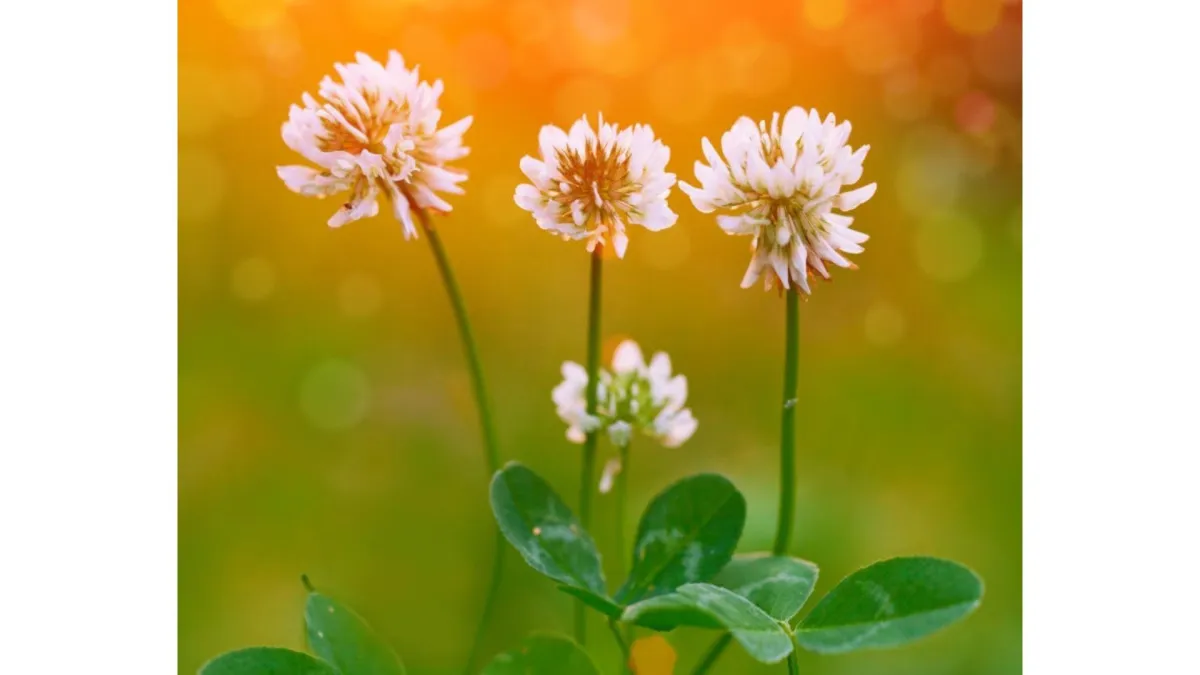
Look after your clover
Clover plays a vital role in pasture health and livestock nutrition. As a legume, it doesn’t just feed animals—it helps feed your entire pasture. Protecting and managing clover on your block will reduce your reliance on nitrogen fertiliser and improve pasture performance year-round.
Why Clover Matters
Clover belongs to the legume family, along with lucerne, lotus species, lupins, and even gorse. These plants form nodules on their roots that host Rhizobia bacteria. These bacteria convert nitrogen gas from the air into nitrate, which the clover and surrounding pasture plants can then use as a natural fertiliser.
Clover is also high in key nutrients, making it a valuable component in your stock’s diet.
Free Nitrogen from Clover
Around 80 percent of the air is nitrogen gas. In healthy soils, there should be plenty of air spaces between soil particles, allowing Rhizobia bacteria in clover root nodules to absorb this nitrogen and convert it to nitrate.
When the bacteria die, the nitrate remains in the soil as a free fertiliser, supporting the growth of surrounding pasture plants.
How Much Nitrogen?
Estimates vary, but healthy clover can contribute a significant amount of nitrogen to a pasture. During the height of the clover weevil problem, it was estimated that completely losing clover from a good dairy pasture could require up to 230 kg of nitrogen per hectare to replace. That’s the equivalent of 500 kg of urea fertiliser.
In most situations, clover may provide 100 to 200 kg of nitrogen per hectare annually. Even conservative figures make it clear that farming without clover means losing a valuable—and free—source of soil fertility.
Keeping Clover Healthy
To make the most of your clover, you’ll need to manage it well:
Fertilise correctly. A healthy plant supports healthy root nodules. If you dig up a clover root and check the nodules, they should be pink inside.
Avoid shading. If grasses are allowed to grow too long, they can shade out clover. Keep pasture under control to maintain a good clover content.
Watch for insect pests. Clover weevil chews circular holes in leaves. Clover flea scrapes away soft tissue from the underside of leaves. If pests are severe and clover is disappearing, you may need to consider insecticide—seek advice before taking action.
Don’t overreact. Pest pressure tends to fluctuate. Unless the problem has persisted for more than one season, it may not require drastic action.
Clover is one of the hardest-working plants in your pasture. With a bit of care, it will return the favour. For more guidance on managing your pasture effectively, have a look at our Pasture Management ebook. It’s packed with practical strategies to help you grow and maintain productive feed.

